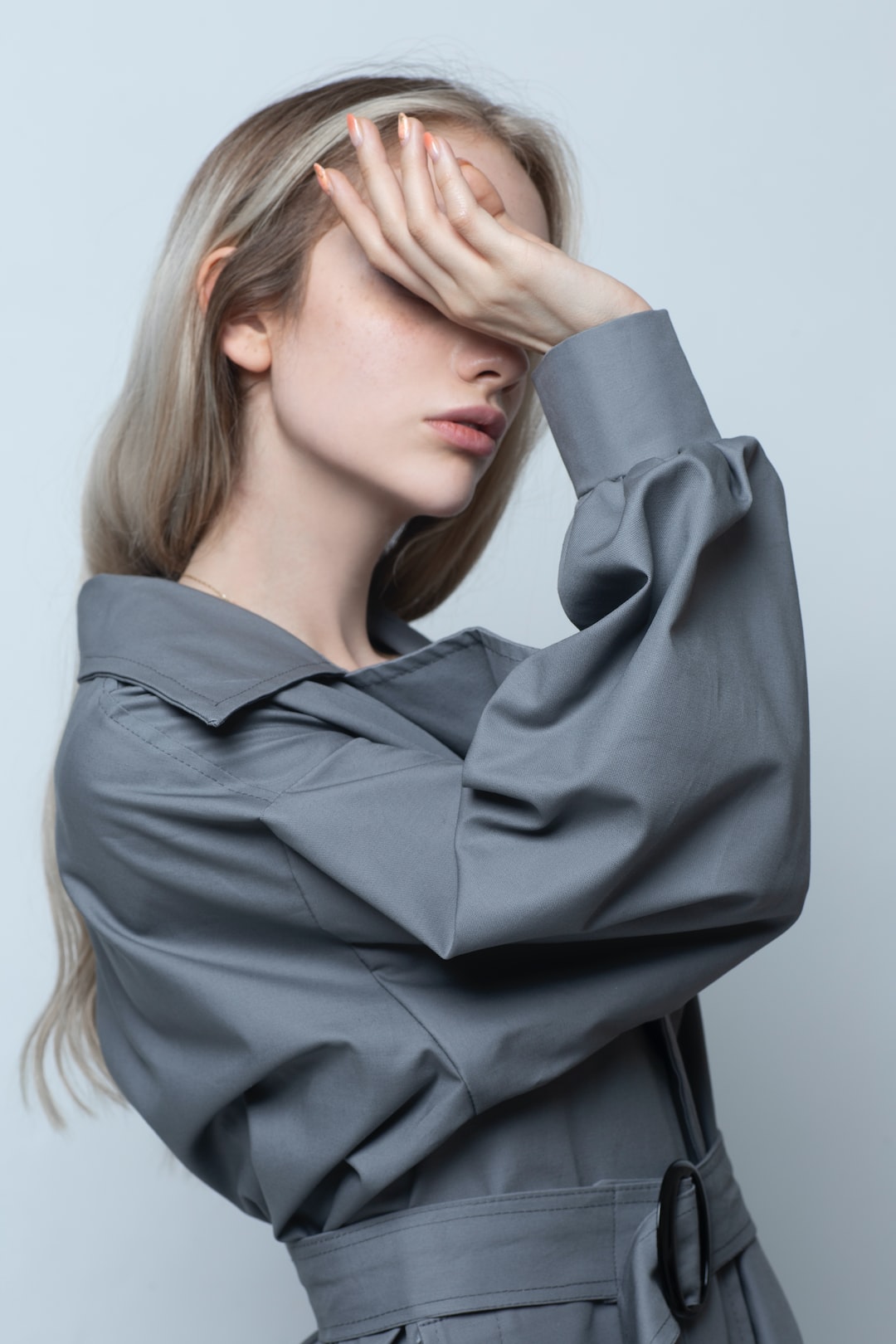The psychology of color in fashion: understanding the impact on our mood
Fashion and color go hand in hand, but what many people fail to realize is the immense psychological impact that color has on our mood. Colors are powerful tools that can evoke emotions, make a statement, or create a sense of calm. This article will delve into the psychology of color in fashion and how it affects our mood.
Colors have been used to convey meaning and emotion for centuries. They can be a silent language, speaking to our subconscious and influencing our thoughts and feelings. In fashion, color plays a crucial role in how we perceive clothing, accessories, and even makeup. Every shade has its unique symbolism and can evoke different emotions.
To begin, let’s explore the cool color spectrum – blues, greens, and purples. These colors often create a sense of calmness and tranquility. They are perfect for creating a relaxed environment and can even reduce stress. When it comes to fashion, cool colors are often chosen for their soothing effects. Think of a calming blue dress or a serene green blouse. These colors have a refreshing quality, making them especially popular during the summer months.
On the other end of the spectrum, we have warm colors – oranges, yellows, and reds. These hues are known for their energetic and vibrant nature. They can create a sense of excitement, passion, and even aggression. In fashion, warm colors are often used to draw attention and make a bold statement. A fiery red dress or a sunflower yellow handbag can instantly make an outfit stand out.
Moving on to neutrals, we have the classic black, white, and gray. Neutrals are versatile and timeless. They can evoke a sense of sophistication, and they often serve as the foundation for many fashion ensembles. Black is associated with power and elegance, while white symbolizes purity and innocence. Gray embodies balance, neutrality, and a sense of detachment. These colors are often used to create a sense of timelessness and can be seen in various fashion staples such as the little black dress or a white button-down shirt.
While color psychology provides us with broad generalizations, it’s important to remember that personal experiences and cultural backgrounds also influence our perception of color. For example, in Western culture, red is associated with danger or romance, while in some Eastern cultures, it symbolizes luck and prosperity.
Understanding the psychology of color can help us make more intentional fashion choices. If we’re feeling down and need a mood boost, incorporating warm colors into our outfits can help lift our spirits. On the other hand, if we’re feeling overwhelmed and need some calmness, cool colors can provide a sense of tranquility.
Fashion designers and brands also utilize the psychology of color in their collections to create a specific mood or evoke particular emotions. They carefully choose color palettes to align with their brand identity and target audience. For example, luxury brands might use understated neutrals to portray elegance and exclusivity, while streetwear brands might opt for bold and vibrant colors to convey energy and youthfulness.
In conclusion, the psychology of color in fashion is a fascinating topic that highlights the powerful impact colors have on our mood. Understanding how different hues influence our emotions can help us make conscious choices in our fashion selections, as well as interpret the messages that designers and brands intend to convey. So, next time you choose an outfit, consider the language of color and its potential to transform not just your look, but also your mood.
